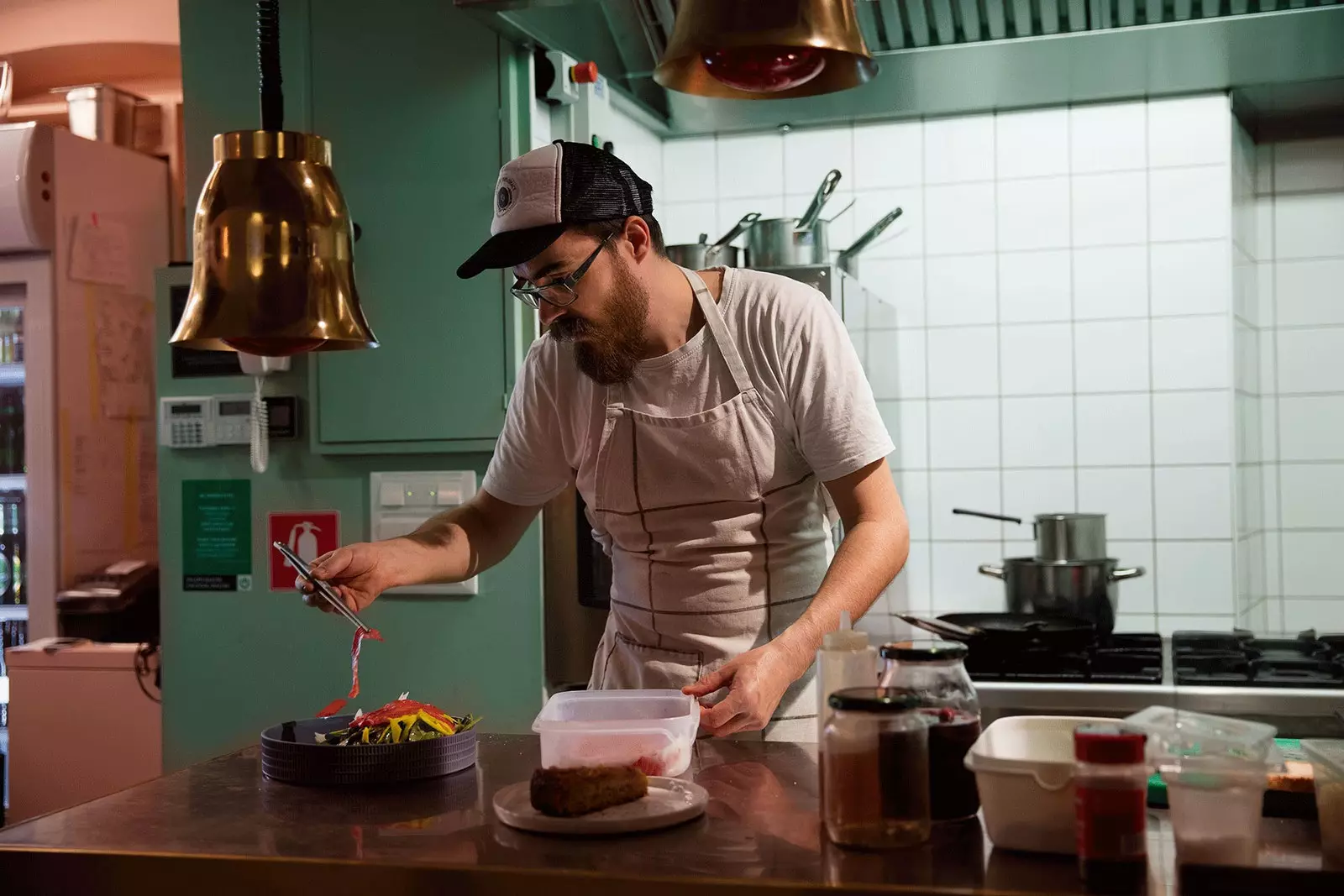
Cook in Biró, Ljubljana
Close to her dog Prince and solicitous –despite having the air of someone who has only slept a few hours–, Ana Ross She confesses that she felt more pressure as a result of her appearance on the television program Chef's Table, in 2016, than for having been chosen this year as the best female chef in the world by the prestigious publication ** The World's 50 Best Restaurants .**
“Since the documentary series of Netflix , a lot of people have started traveling here just to have dinner with us at Hisa Franko. There are countless stories, like that of a Texas couple who saved up for two years to come. She even cried, what a great responsibility! The same thing happens to me when people come from here, who sometimes aren't exactly rich,” she says.
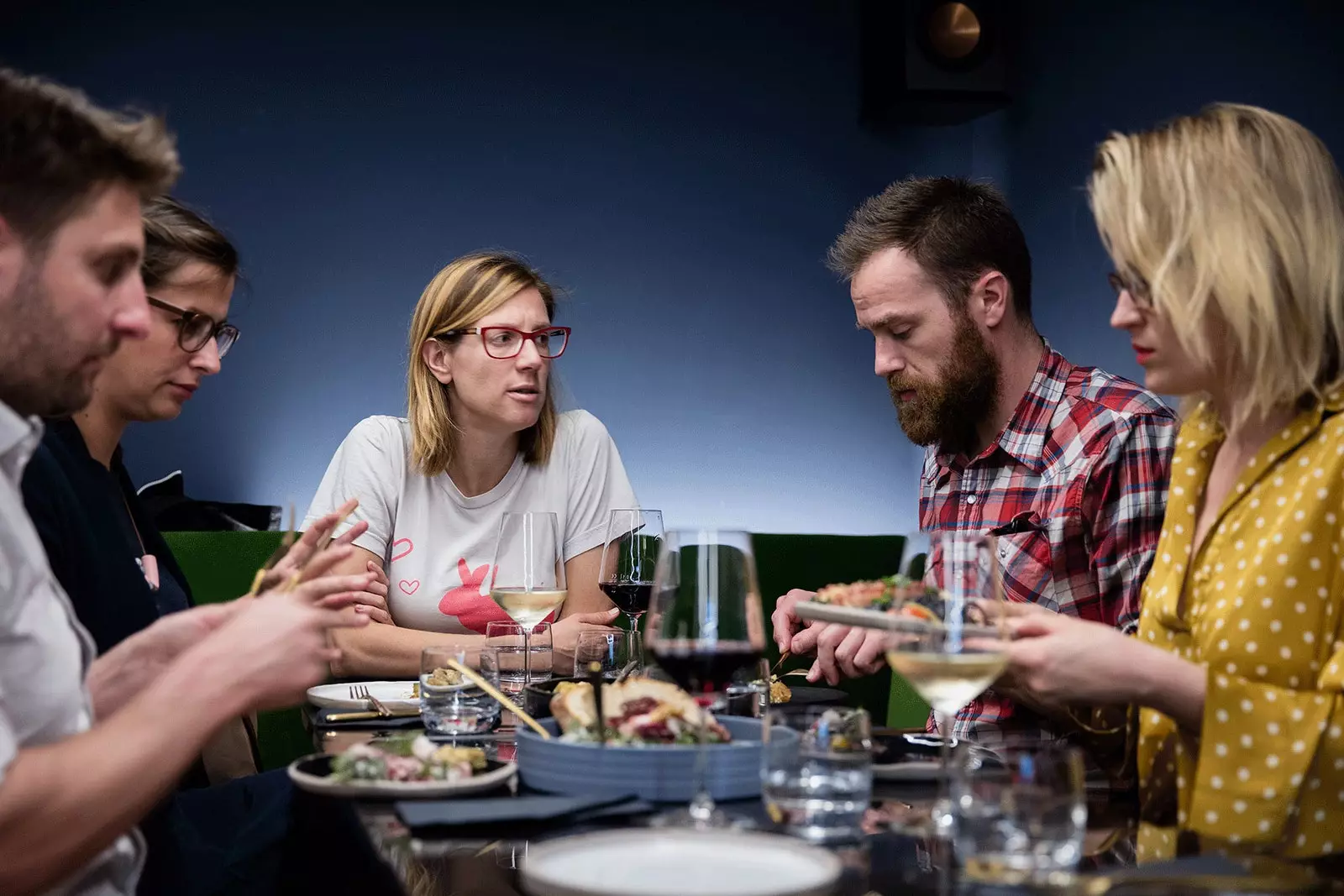
Iva Gruden, from foodtour in Ljubljana
“Appearing in 50 Best moves above all foodies and people in our industry, which is great, a dream. But TV attracts all kinds of enthusiasts who can't always afford it. Sometimes I end up exhausted because I spend a lot of time with them, I talk to them, I explain to them…”.
Ana's story is, without a doubt, reality meat. Her thing was contemporary dance, until she was injured and she switched to diplomacy. "When I was 21 years old, I worked for a few months at the Ministry of Foreign Affairs, where I realized that it was not what she dreamed of as a child, but a lot of bureaucracy."
When her husband inherited her parents' restaurant in Kobarid, in the western region of Slovenia , she wanted to stay there, in the Upper Soca Valley, to get it going. She had no experience in the hospitality world at the time. “At first my parents were disappointed. It didn't seem intellectual to them”, says Ana, who is completely self-taught.
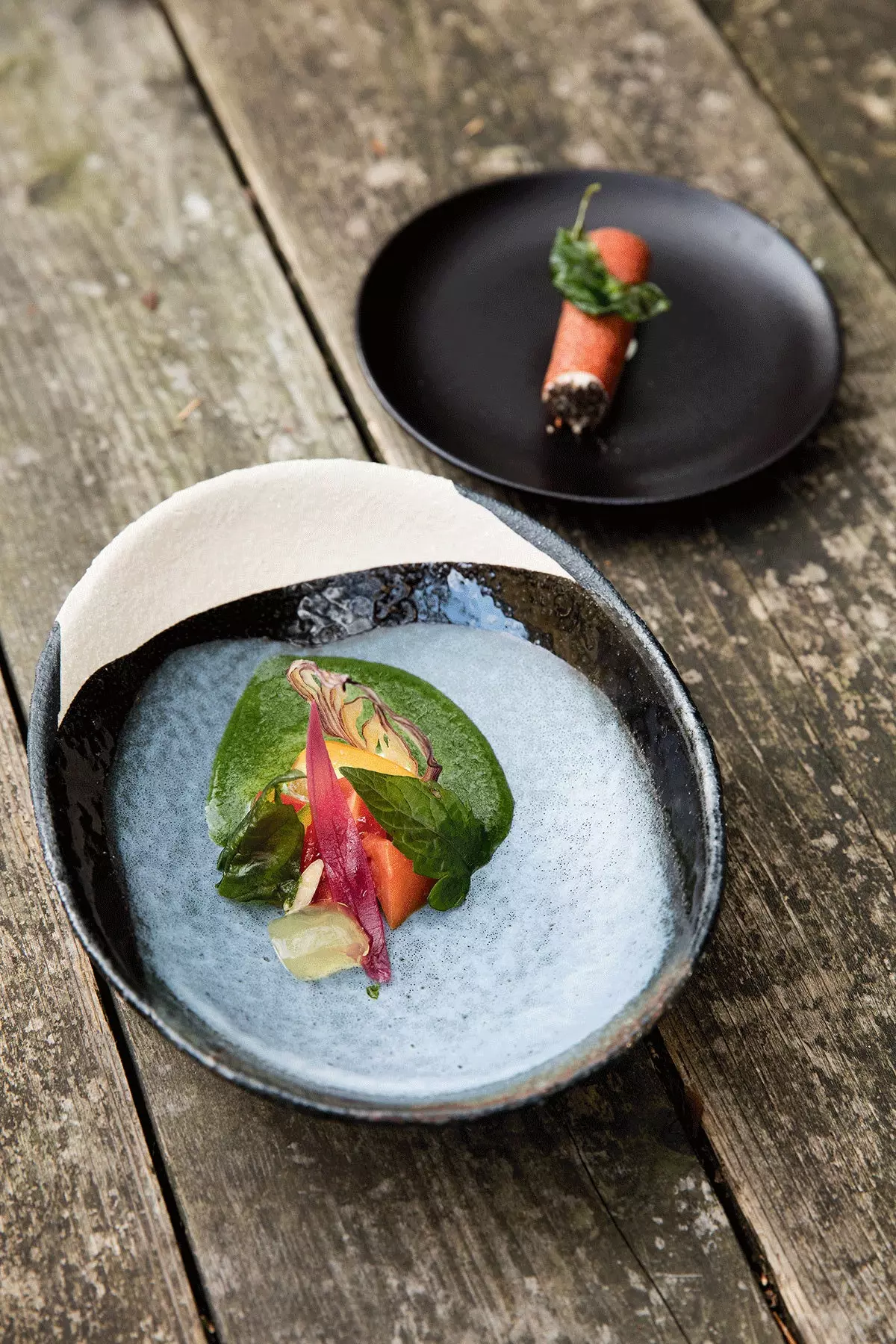
Tomatoes at Hisha Franko
“I would say that in the last 15 years, my work and that of other colleagues have helped change this perspective on what a chef is. In France, Italy or Spain they have been stars for a long time, but here you need a very strong personality to get out of the gray area.” Hers must have an important color palette: to eat at her restaurant there is a six-month waiting list.
In its changing menu – seasonality is another key – delicacies can be tasted in surprising textures, such as its mix of wild mushrooms, potato and cheese , their cauliflower ravioli with crab and coffee oil or your homemade sourdough bread with apple peels.
In a gastronomic panorama not very developed – “we are farmers, traditionally we don't do haute cuisine, but strong meals with a lot of protein”, she points out –, her proposal is the spearhead of a natural and creative wave. Respect for local ingredients and the environment are the backbone of this new imaginative current rooted in historical identity.
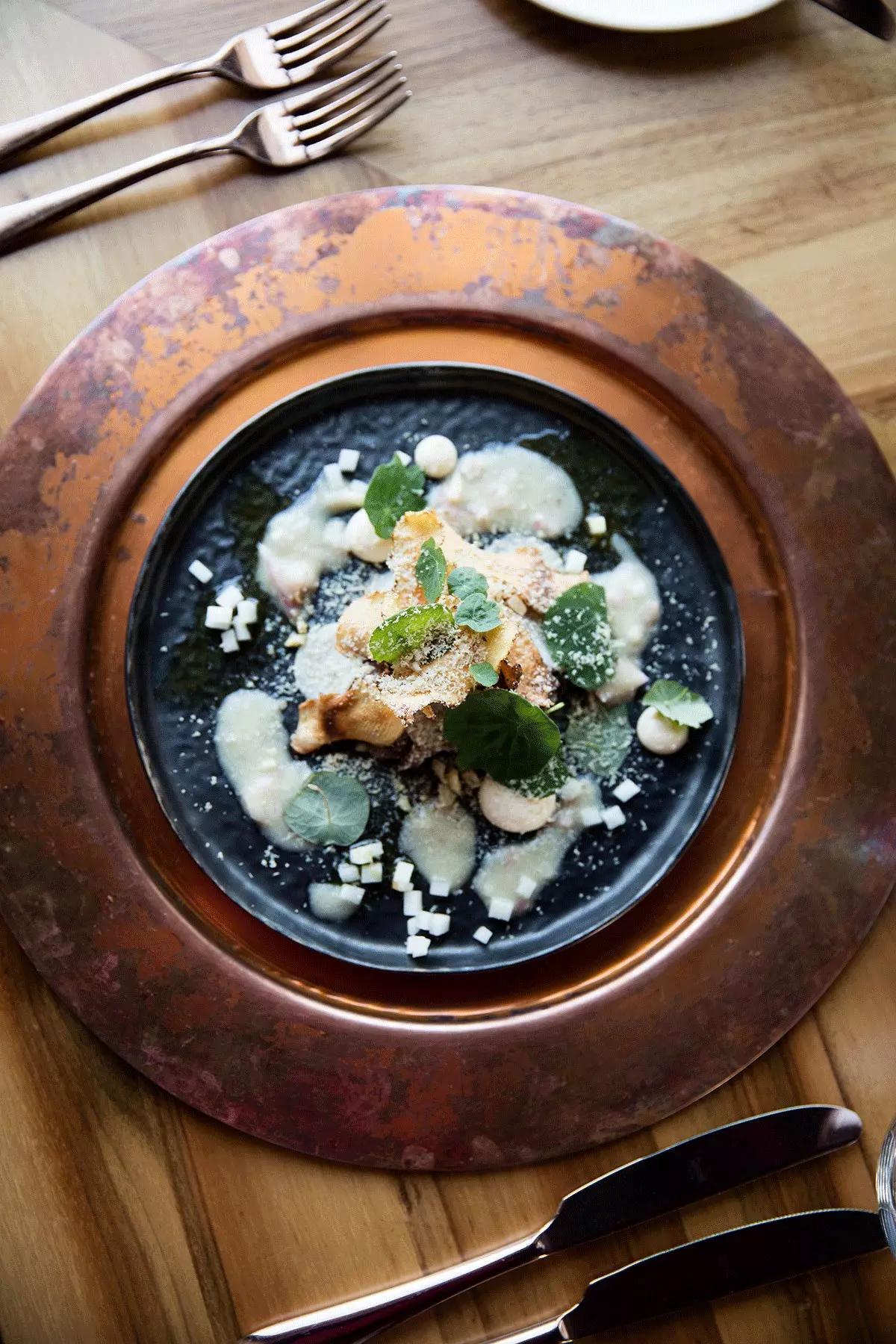
Veal tartare with artichoke, in Strelec, Ljubljana
"In Slovenia one lives in very direct contact with nature”, summarizes Ana. “Ecological is not just a trend –although, on the other hand, trends do not reach this far–. In this country we have always cultivated our own gardens and even people with liberal professions have the habit of picking forest ingredients for medicinal or culinary purposes. Our connection to the land is totally different from other more industrialized countries.”
He is also media Bine Volcic, who decided to be a chef when he was just nine years old and who headed a successful cooking reality show for four years on the most watched Slovenian network, similar to MasterChef, is another of those who are contributing to changing this perception of those who are in the kitchen. His little restaurant in Ljubljana, Monstera Bistro, It is one of the most popular among locals and gourmets from all over.
"I studied in Le Cordon Bleu in Paris and I was lucky enough to work in restaurants as select as the three Michelin stars L'Arpège . I had the impression that working in a haute cuisine restaurant could become very mechanical, in the sense that, with about 20 people in the team, each one focuses only on one thing and cannot see the big picture. complete," he recalls.
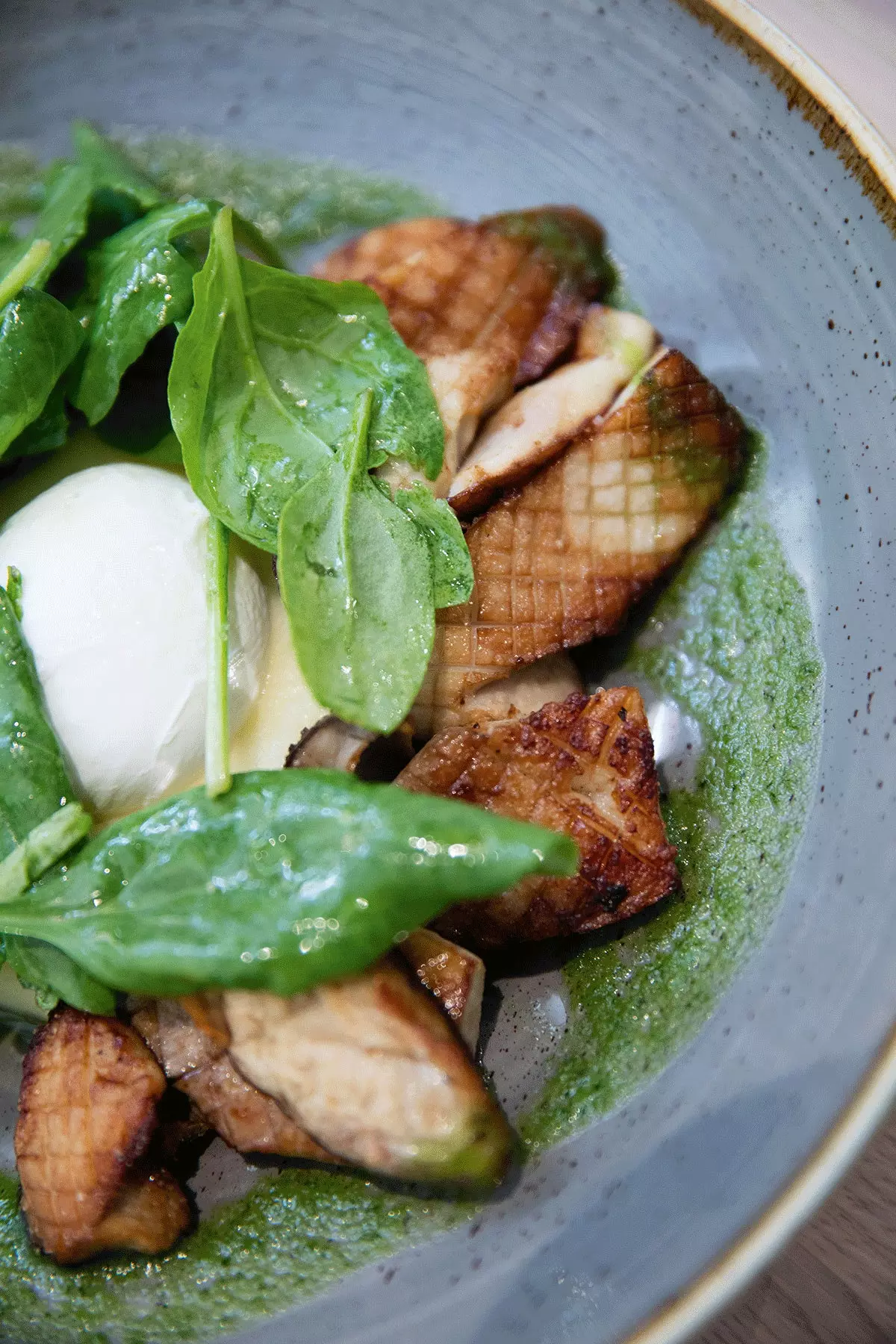
Mushrooms in Monstera, Ljubljana
“It was a great experience, albeit stressful. I enjoy this way of life, the adrenaline... but I prefer comfort food (traditional homemade food), or what I call soul food with soul) . What I love is cooking for real people. Our kitchen is small and we only have a freezer, so we go out three times a day to the central market next door to incorporate fresh seasonal ingredients from farms and orchards in the area . Our menus are constantly changing,” he explains.
For Volčič, who defines Slovenian cuisine as “peasant, honest and creative”, the most characteristic flavor of his country could very well be that of pumpkin oil, which is typical of the eastern region. “It used to be used as a dressing in salads; I like to add it to desserts. It provides a sweet, fun touch, reminiscent of pistachios”. Note: the of Kocbek it's sublime.
Driven or not by the small screen, who has the upper hand in this country that was part of the former Yugoslavia? Next to Ana Roš and Bine Volčič there are many other names: Janez Bratovz ( JB Restaurant in Ljubljana) , Tomaz Kavčić (Gostilna pri Lojzetu, in Zemono), Uros Stefelin (Vila Podvin, in Radovljica) or Marko Pavnik (Pavus, in Lasko).
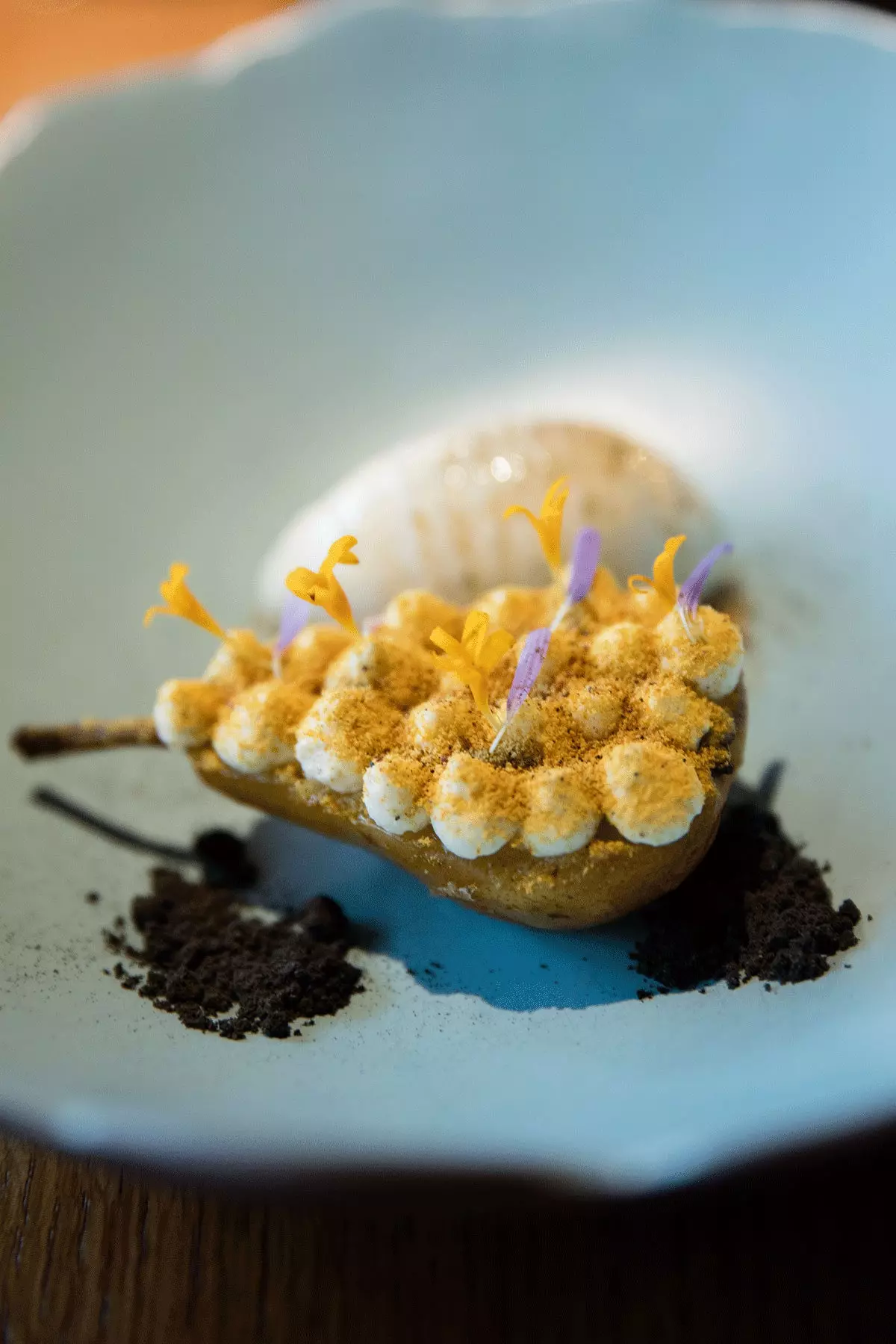
Pear with kefir ice cream, in Atelje
“We have an important new generation of chefs who have learned in other countries. Gastronomy is gaining a lot of weight in our tourist offer”, points out the chef Igor Jagodic, one of the most respected Under such amusing names as 'Not a lion but a piglet will be my king of animals!' this chef's creations are hidden in ** Strelec, ** the restaurant of the Ljubljana castle.
Just like Roš, Igor is inspired by nature to prepare his dishes. In his elegant space, which he boasts of having the best views of the capital, typically Slovenian recipes and more than 110 different national wines can be savored. Among his favorites are Movia, Kristancic, Jakoncic, Marjan Simcic, Edi Simcic, Batic or Bjana, of which its natural production stands out, without chemicals.
White wine is king in this green country and the aromatic Gewürztraminer one of the absolute protagonists. Although it grows in other places such as areas of France or Italy, there are not many where it is of true quality. In a region specialized in boutique distribution, almost exclusively for experts (yes, from all over the world), the emphasis is on traditional and organic processes.
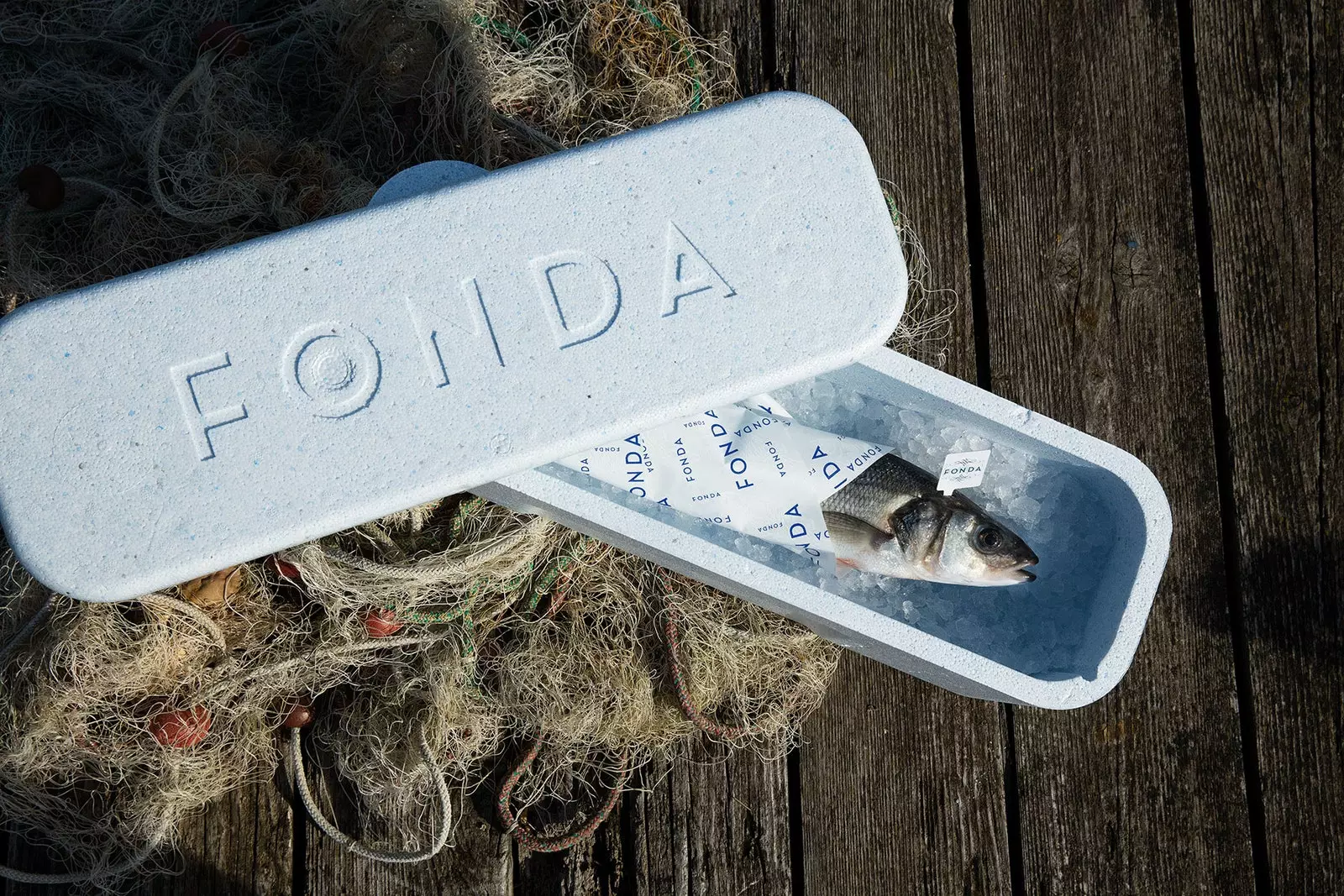
Fonda Fish Farm, an ecological project of fish farms in Piran Bay
Returning (from the glass) to the table, Jagodic is committed to versioning the same ingredient, such as tomato, in the same dish. Another of his suggestions to get into the slovenian DNA It is the strudel, of Austro-Hungarian influence, which is prepared here in a different way. But if we make him choose, he gets the veal and the pork.
“Historically, the best parts of the meat went to the landowner, so the peasants learned to take advantage of the less noble ones. From there emerged dishes such as slow-cooked cheeks or prosciutto-style dried beef tongue ”.
gives you the reason Jorg Zupan, his former disciple and chef of the downtown restaurant Atelje, at the Grand Hotel Union in Ljubljana. “A lot of meat has always been eaten here. The good pig is something very representative and the slaughter is very relevant in our culture. Bread also has a lot of meaning in a very rural country, which hasn't even had royalty, only farmers. For me, a piece of prosciutto and a piece of bread are a good summary of who we are”, he concludes.
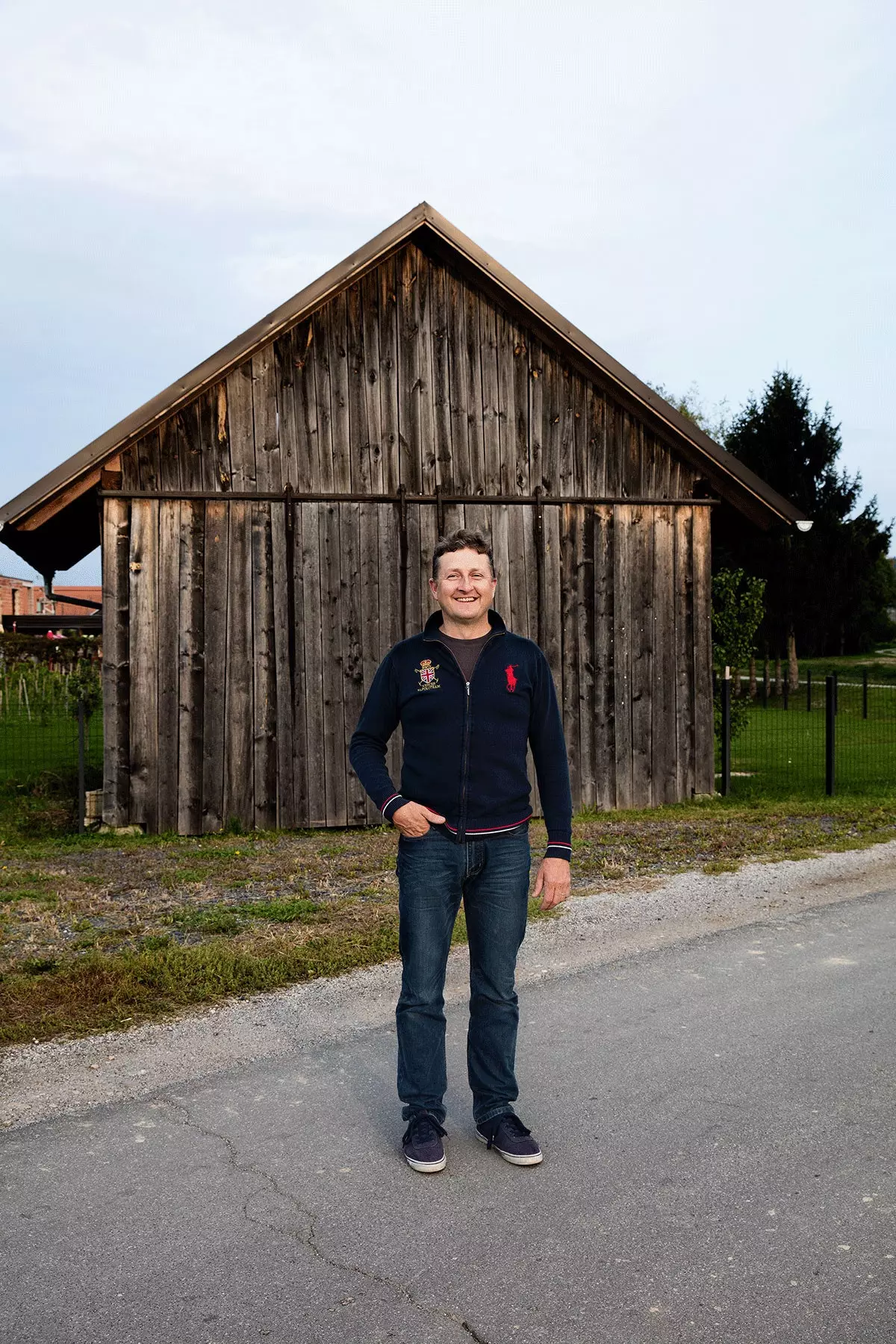
The winemaker Danilo Steyer, from the prestigious Steyer winery, in eastern Slovenia
Strategically and delightfully situated between Italy (to the west), Austria (to the north), Hungary (to the northeast) and Croatia (to the south and east), Slovenia draws influences from all its neighbours. "We have a great geographical position," says Zupan. "The Adriatic sea – the country has almost 50 kilometers of coastline to the southwest–, the mountains, the good products of the field... It is time to take advantage of this”, says this tattooed thirtysomething who was called a couple of years ago to turn around the emblematic restaurant of the central hotel in the Slovenian capital.
“It was very dark and its aesthetic was still anchored in the 20s. They asked me to make my contribution to the decoration of the space, now more youthful, and I had total freedom to create the menu, to which we have given a point of international influence” . Jorg tells us that he was especially marked by a stay at the restaurant Maaemo of Oslo, where the three Michelin stars Esben Holmboe Bang has elevated local cuisine to the category of art.
Like him, the soul of Atelje is also passionate about the ingredients of the area –they only import the duck from Hungary or France, because it is not available in their country–, which take a maximum of three hours to transport, he emphasizes.
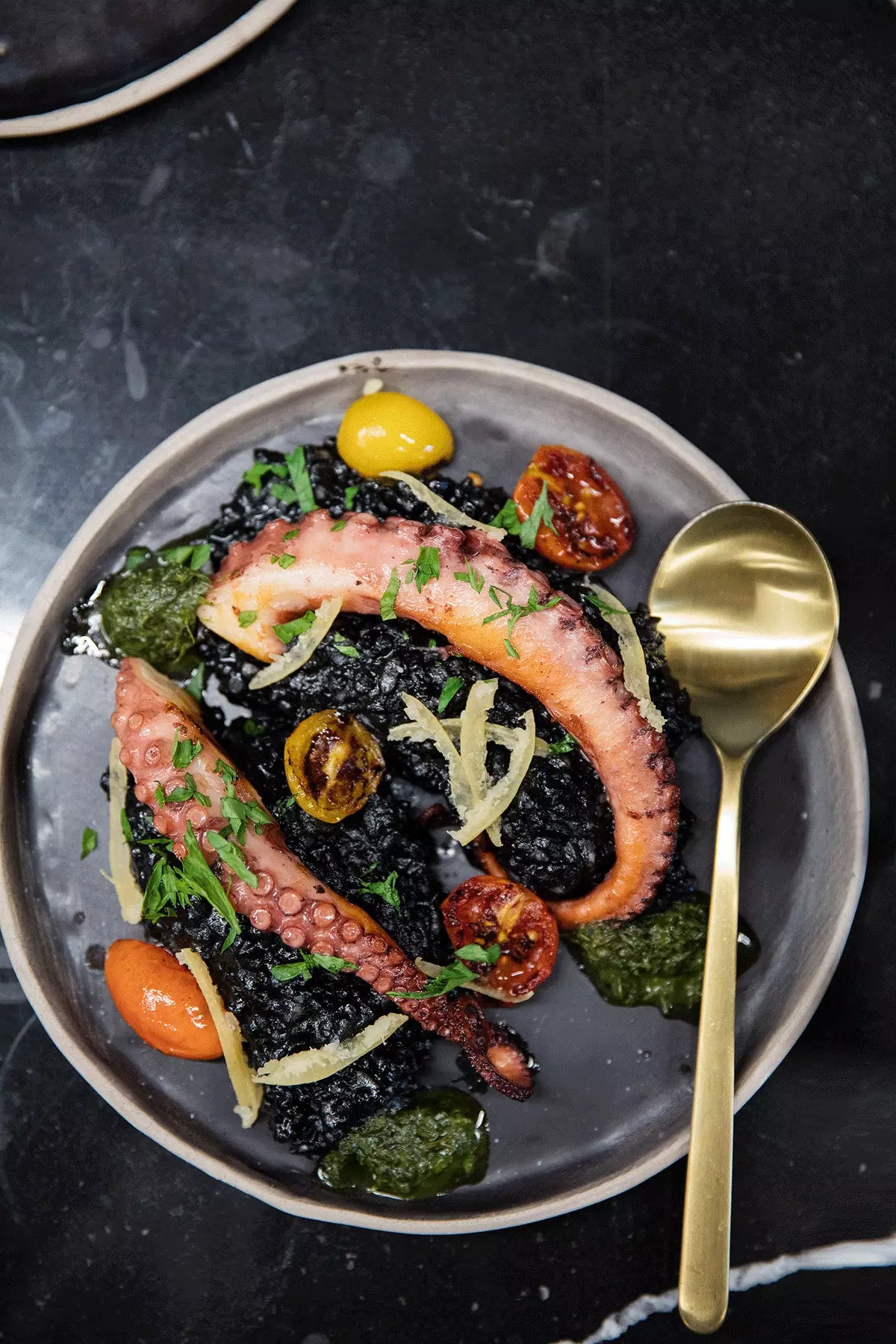
Octopus in Biró, Ljubljana
Here it is often said, in fact, that you can start the day skiing in the Alps and end it sunbathing on the beach. This geographical reality –flat to the east, steep and leafy to the northwest, almost Mediterranean to the southwest– fosters unexpected combinations for the palate: “Mixing sea and mountains makes perfect sense here”, he explains. Ana Ross. “There are only about 50 kilometers between the two; it does not imply distance for the air, so the presence of salt in the environment is strong and changes the minerality of the plants”.
For Ros, it is difficult to choose the most representative flavor of Slovenia, a small country that includes very different identities. “If I close my eyes, maybe I'll tell you tarragon. Not the Mediterranean, but the Central European. We use it in desserts.” When opening them, we witness the promising gastronomic awakening of a country in which there are no Michelin stars. Yet.
*This report was published in **number 112 of Condé Nast Traveler Magazine (December)**. Subscribe to the printed edition (11 printed issues and a digital version for €24.75, by calling 902 53 55 57 or from our website) and enjoy free access to the digital version of Condé Nast Traveler for iPad. The October issue of Condé Nast Traveler is available in its digital version to enjoy on your preferred device.
